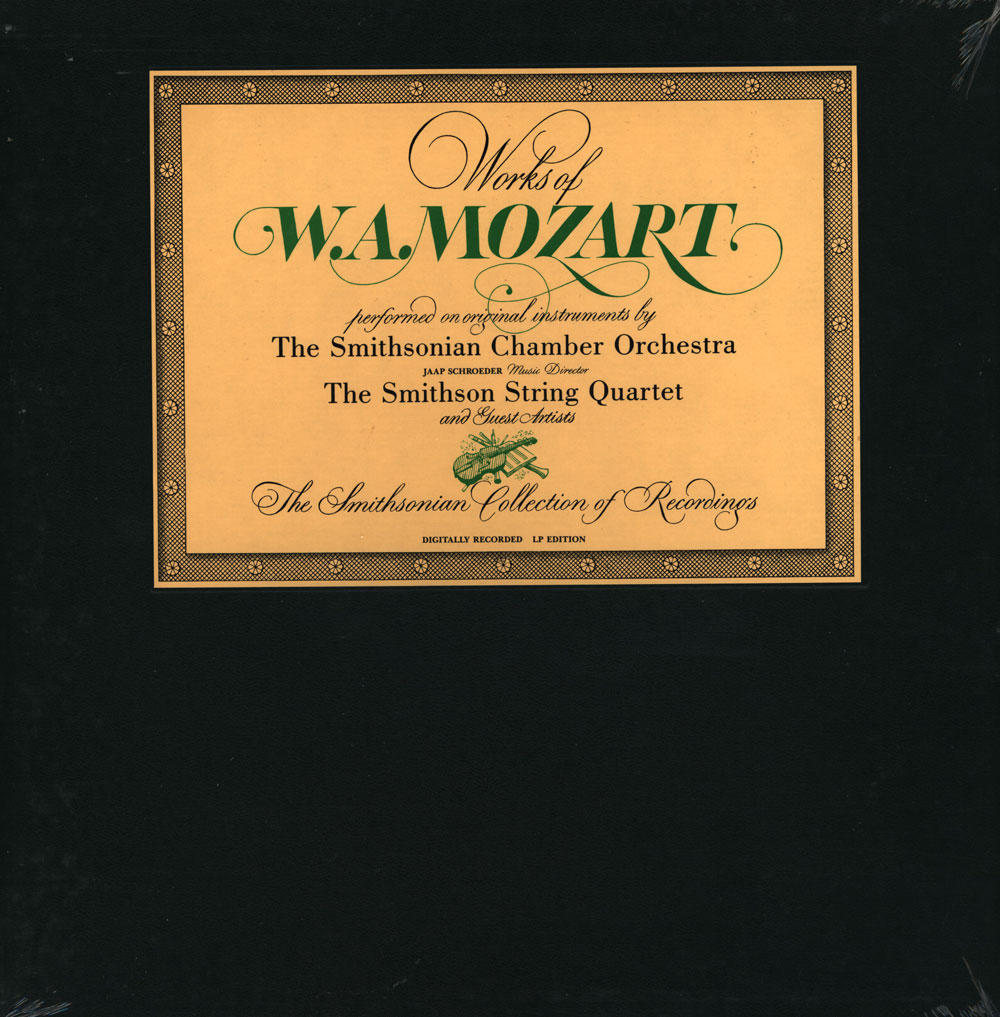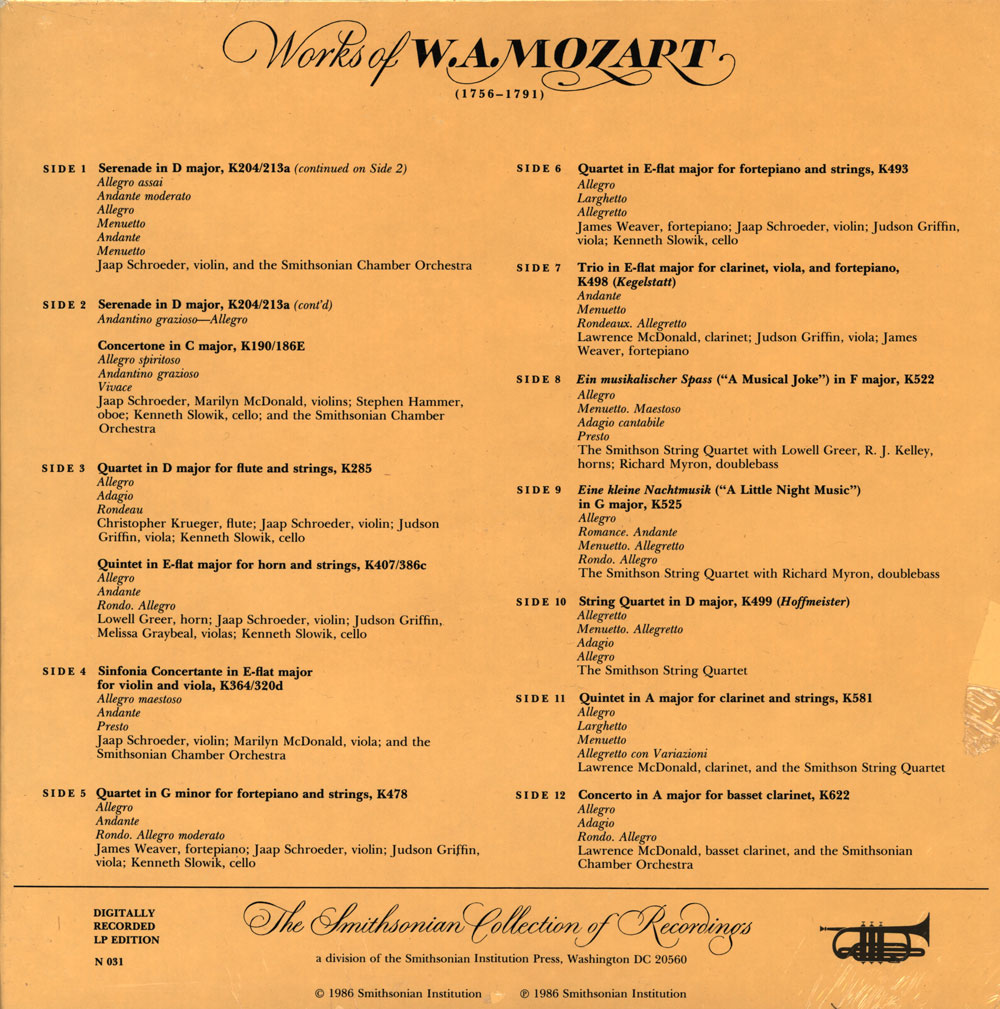Logowanie
Mikołaj - ten to ma gest!
Elton John, The Mamas & The Papas, Cat Stevens, Rod Stewart, Bobbie Gentry, Stevie Wonder, Engelbert Humperdinck
Memory Lane
Edycja Numerowana - 1000 egzemplarzy w skali światowej
RACHMANINOV, Eiji Oue, Minnesota Orchestra
Symphonic Dances / Vocalise
Best Recordings of 2001!!! NAJCZĘŚCIEJ KUPOWANA PŁYTA Z RR!
Karnawał czas zacząć!
Music of Love - Hi-Fi Latin Rhythms
Samba : Music of Celebration
AUDIOPHILE 24BIT RECORDING AND MASTERING
CHOPIN, LISZT, DEBUSSY, DVORAK, Gerhard Oppitz
Dances romantiques - A fantastic Notturno
Wzorcowa jakość audiofilska z Clearaudio
Winylowy niezbędnik
ClearAudio
Double Matrix Professional - Sonic
najbardziej inteligentna i skuteczna pralka do płyt winylowych wszelkiego typu - całkowicie automatyczna
MOZART, Smithsonian Chamber Orchestra
Orchestral and chamber works

- Smithsonian Chamber Orchestra - orchestra
- MOZART
na instrumentach z epoki!
The rubric “Smithsonian” has become known as a tacit guarantee of authenticity regarding effort, in the case of research, and conclusion when the results are published. Nonetheless, this enterprising project should not be viewed primarily as a scholastic exercise. The musical instruments largely belong to the Smithsonian’s valuable collection of antiques and authenticated facsimiles. Of greater importance, they have been entrusted to gifted musicians who are eminently qualified to apply specialist knowledge of the techniques and artistry prevalent in the eighteenth century. We are, therefore, privileged to hear Mozart’s music played in as close a manner as possible to that which the maestro heard and performed himself. And the 64-page accompanying booklet is most informatively researched and written by Smithson Quartet cellist Kenneth Slowik. Stereophile Magazine, January 1988





























